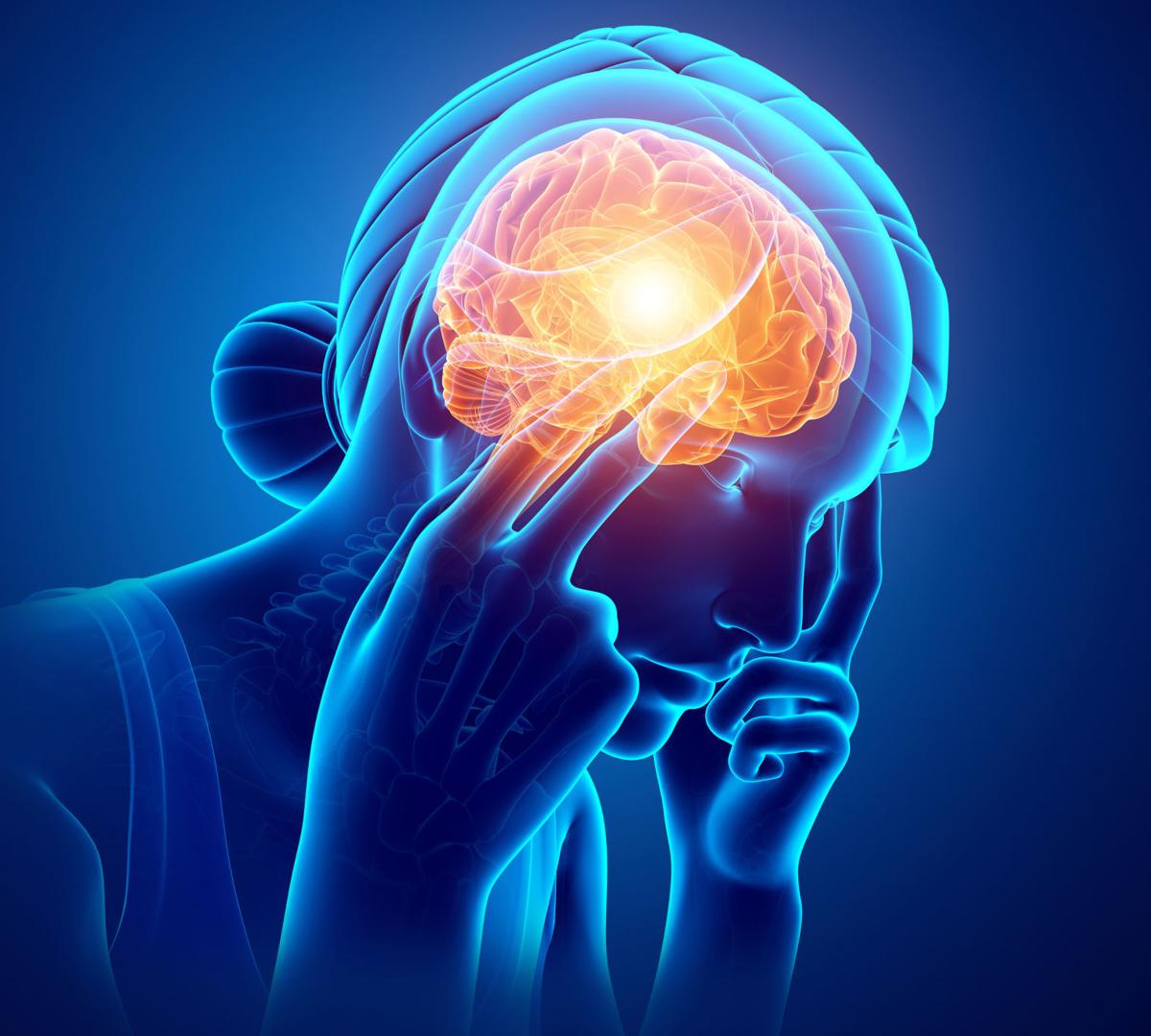Inexpensive, green LED light bulbs are showing promise in helping patients alleviate chronic pain, a University of Arizona researcher says.
As director of the UA’s Comprehensive Pain Management Clinic, Dr. Mohab M. Ibrahim is always looking for non-opioid interventions to manage chronic pain. Chronic pain affects about 100 million Americans — nearly one-third of the population, said Ibrahim, who is a pain fellowship-trained anesthesiologist and pharmacologist.
Last year the peer-reviewed journal Pain published the results of a study by Ibrahim and his colleagues that showed exposure to green LED light can increase the circulation of natural opioids in rats, which may explain its pain-relieving effects.
The Star recently interviewed Ibrahim, who will be a keynote speaker at Wednesday evening’s “Living Healthy With Arthritis” lecture hosted by the UA Arthritis Center. (see box)
The following are excerpts from the conversation:
What is green LED light?
It’s as simple as the name indicates. It is a strip of light in the green spectrum in a given wavelength and given intensity that we use to manage fibromyalgia or migraines.
Could people buy a green LED light and treat themselves?
There is nothing special about the light itself. In fact, I got it from a party-supply store.
The important thing is it’s not just the light. It’s the intensity and the wavelength. If someone has a headache and takes half an ibuprofen, it may not be enough — maybe one or two will be really great for your headache.
Take four or five and you get into the toxic level, it becomes harmful for you. The same thing for the light.
The preliminary data is very encouraging, but we don’t have enough patients enrolled to say, yes it’s going to work or no, it’s not. This is still experimental.
How are you using it for pain patients?
What I advise people is to pick a dark room in your house because I want to prevent light pollution. We give them the light strength, we adjust the intensity and the wavelength, and we tell them to keep the light between 3 to 6 feet away.
The light is bright enough that you can read, listen to music, meditate, exercise — as long as you don’t fall asleep because it has to go through the eyes.
I specifically ask them not to stare at it. The protocol is one to two hours every night for 10 weeks.
Most people start to feel a benefit by week three. Some people in the study have migraines, some have fibromyalgia and some both. We have maybe 16 people in the study.
Do you see this having widespread use?
That is certainly my hope. We can always do better with having more tools to combat or manage chronic pain.
Worst-case scenario if it doesn’t help, is someone ends up with a party light they can hang around the house. Really, the side effects are minimal and it’s not expensive.
How did you come up with the idea of green LED light?
I credit my brother, Wael Ibrahim, in San Diego for starting the whole project. He told me that when he has a headache he likes to go in the backyard and sit under the trees and it makes him feel better.
Time after time, he told me the same thing until one day I myself got a headache. I thought of my brother and I went to Reid Park and sat under a tree. I was there for 20 minutes to half an hour and my headache started to get better.
I thought it could be the green light and I devised an experiment protocol.
When we exposed rats to green light they became analgesic, which means they don’t respond to irritating or painful stimulation. We investigated several wavelengths of all the colors I could get my hands on, and the best response was with the green light.
Could all chronic pain be alleviated with green light?
The truth is I have not seen a magic bullet that works for everything. From what we’ve seen, at least with the limited number of patients that we enrolled, is that for most people it works for migraines and fibromyalgia.However, we intend on trying it for different types of pain as well.
Are some people with chronic pain being punished by new policies on opioid prescribing?
I think the pendulum may have swung a little bit to the extreme and eventually it will find its equilibrium. But there are some significant problems associated with opioids. By the time I’m done answering your questions, at least one person will have died from an overdose.
Opioids have their place, but we must understand and appreciate their risks and limitations.
You are program director for the pain management fellowship at the UA. How are younger doctors being trained now in pain management?
There is now a big push in the UA to expose medical students to pain management. The fellows that have graduated from our program are on a mission to decrease opioids while trying to manage pain.
I don’t think our mission is to eliminate opioids — that is unrealistic. But at least to minimize their use and make sure people understand the risks.
I don’t want to give the impression that opioids are the only class of medications with significant risks. Other medications also are almost as dangerous, like benzodiazepines (i.e. Valium or Xanax), for example. That is also a very addictive class of medications that can come with significant side effects.





